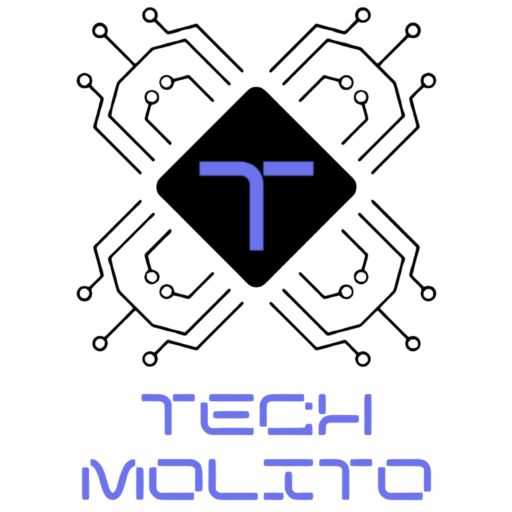In today’s digital age, security threats are growing. Companies need to be more cautious about how they protect their data. That’s where the Zero Trust Security Model comes in. It’s a new approach to security and promises better protection from attacks. But what is Zero Trust, and why is it important for us?
Let’s dive deep into the Zero Trust Security Model. We’ll break it down into simple terms, so it’s easy to understand. By the end, you’ll know how Zero Trust works and why it’s the future of cybersecurity.
What is the Zero Trust Security Model?
The name says it all: Zero Trust. This model assumes that no one, not even someone inside the network, can be trusted. Every user, every device, and every connection is seen as a potential threat. So, instead of trusting users or devices by default, everything needs to be verified first.
In the past, companies would trust anything inside their networks. If you worked in an office, your computer was trusted once you logged in. However, hackers have found ways to break into these networks, making this method unsafe. Zero Trust flips this approach. It says, “Don’t trust anyone or anything until they prove they are safe.”
Why is the Zero Trust Model Important?
The online world is full of risks. Many businesses fall victim to attacks where hackers steal data, cause harm, and cost firms billions. This happens because trusting everything inside a network no longer works. Zero Trust is key since it challenges that old way of thinking. Even if someone gets into the system, they still need to prove they are safe.
This lowers risk by blocking hackers from moving through the system if they break into one part. Firms also get better control by limiting what users and devices can do after being verified.

How Does Zero Trust Work?
You may be wondering, “How does Zero Trust do all this?” Let’s look at the basic steps:
Verify Every User
This means checking every person who tries to log into the system. It doesn’t matter if they’re in the office or working from home. They need to prove they are who they say they are. Usually, this involves strong passwords, multi-factor authentication (MFA), or biometric scans.
Verify Every Device
It’s not just about people. Every computer, smartphone, or tablet must be safe. Devices are checked for the latest software updates and security settings.
Limit Access
Once a person or device is verified, they don’t get full access to everything. They only get access to what they need. For example, if someone works in HR, they won’t be able to see sensitive financial data.
Monitor Everything
Zero Trust doesn’t stop after a person or device is verified. It constantly watches everything to spot any unusual activity.
Benefits of the Zero Trust Security Model
Switching to the Zero Trust model can offer several advantages, especially in a world where cyber threats keep rising.
Stronger Protection Against Attacks
The biggest benefit is better security. With Zero Trust, companies can reduce the risk of data breaches. Even if a hacker gets into a system, they’ll have limited access.
Better Control
Organizations get more control over who can access what. By giving limited access to users and devices, they reduce the damage an attacker can do.
More Adaptability
Zero Trust is great for today’s work environment. With so many people working from home or on the go, it’s not practical to trust every connection. Zero Trust adjusts to this new way of working.
Fewer Surprises
Because the Zero Trust model watches everything, companies can quickly spot problems. This reduces the time it takes to detect and respond to threats.
How to Implement Zero Trust?
Shifting to Zero Trust sounds tough but can be done step by step. Firms should start by checking every user and device. Networks should also be broken into smaller parts. If one part is hacked, the rest stays safe.
MFA is needed to avoid relying only on passwords. Encryption makes sure stolen data stays unreadable. It is also key to watch all activity. Spotting strange behavior early helps avoid bigger trouble.
Elements of the Zero Trust Model
Zero Trust is not just about caution but smart moves to keep data safe. One part is least-privilege access, where users only get what they need to do their tasks. MFA adds an extra layer by requiring more than just a password. Device health checks make sure all devices are updated and secure. Constant watching of the system helps find risks before they grow.
Common Misconceptions About Zero Trust
Many believe Zero Trust is hard to set up but it becomes simple with clear steps. Some think frequent checks will slow work but once in place, the system works smoothly. Others believe this model only fits big companies. The truth is that small and mid-sized firms also benefit by stopping costly hacks early.
FAQs
1. Is Zero Trust just about technology?
No, it’s a strategy. While it uses tech, it’s about changing how companies think about security.
2. Does Zero Trust mean trusting no one?
Not exactly. It means verifying everyone and everything before trusting them.
3. How does Zero Trust help against hackers?
Zero Trust limits what hackers can access if they break in. It also makes it easier to spot threats early.
4. Is Zero Trust costly to implement?
It depends on the company. For some, it can save money by preventing costly data breaches.
Final Thoughts on Zero Trust
In today’s world, security threats are more complex than ever. The Zero Trust Security Model is a powerful approach that can help companies protect themselves. By verifying every user, device, and connection, companies can reduce their risk of attacks.
The Zero Trust model is here to stay. It’s a smart, cautious way to handle security in a world full of threats. Whether you run a small business or a large enterprise, Zero Trust can provide better protection for your data.





